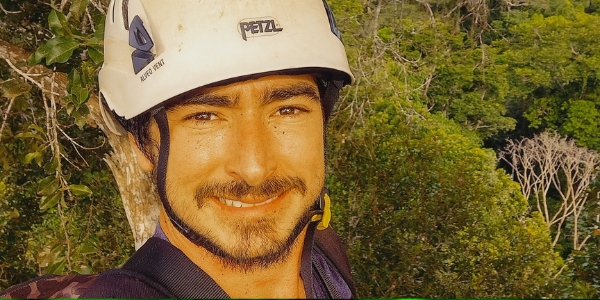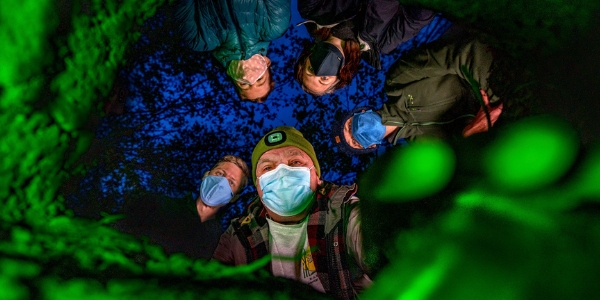EEB science scribe writes about Arctic seismic waves
Lauren Koenig, by day is an EEB member and doctoral candidate in Tom Getty's lab who studies development of pain resistance by studying the evolutionary arms race between grasshopper mice and their biochemically defended prey. She also is a science writer, and published this very chill piece in Temblor:

Halfway between Norway and the North Pole, the archipelago of Svalbard oscillates each year between the midnight sun and the polar night, when the darkness of winter is broken only by the moon and the Northern Lights. On the surface, these extreme cycles are tracked by reindeer, polar bears, and about 2,400 full-time residents. But just outside the town of Longyearbyen, the northernmost settlement in the world, the seasonal rhythms that play out underground are recorded by a cluster of machines tuned to vibrations in the Earth.
These seismographs were deployed by scientists at NORSAR (or NORwegian Seismic Array), an independent research foundation that listens for earthquakes and possible nuclear explosions as part of the Comprehensive Nuclear Test Ban Treaty. Now, a study published in Seismological Research Letters shows that seismic monitoring can also be used to observe stark warming trends in the Arctic. The study’s lead author, Julie Albaric, an environmental seismologist currently affiliated with the University Bourgogne Franche-Comté, and her team at NORSAR found that seismic waves beneath Svalbard appear to be slowing down, likely due to permafrost thawing.
Permafrost instability is a major threat to the Arctic ecosystem, but it also has enormous consequences for climate change worldwide. Coming on the heels of a series of extreme weather events like the catastrophic flooding in Europe and the deadly heat wave in the U.S. Pacific Northwest, this study shows that seismic monitoring is another method that may improve current perceptions of how global warming will continue to affect the Earth.
Read more in Tremblor (Tremblor Inc. is a catastrophe modeling company specializing in seismic hazard and risk assessment.)



